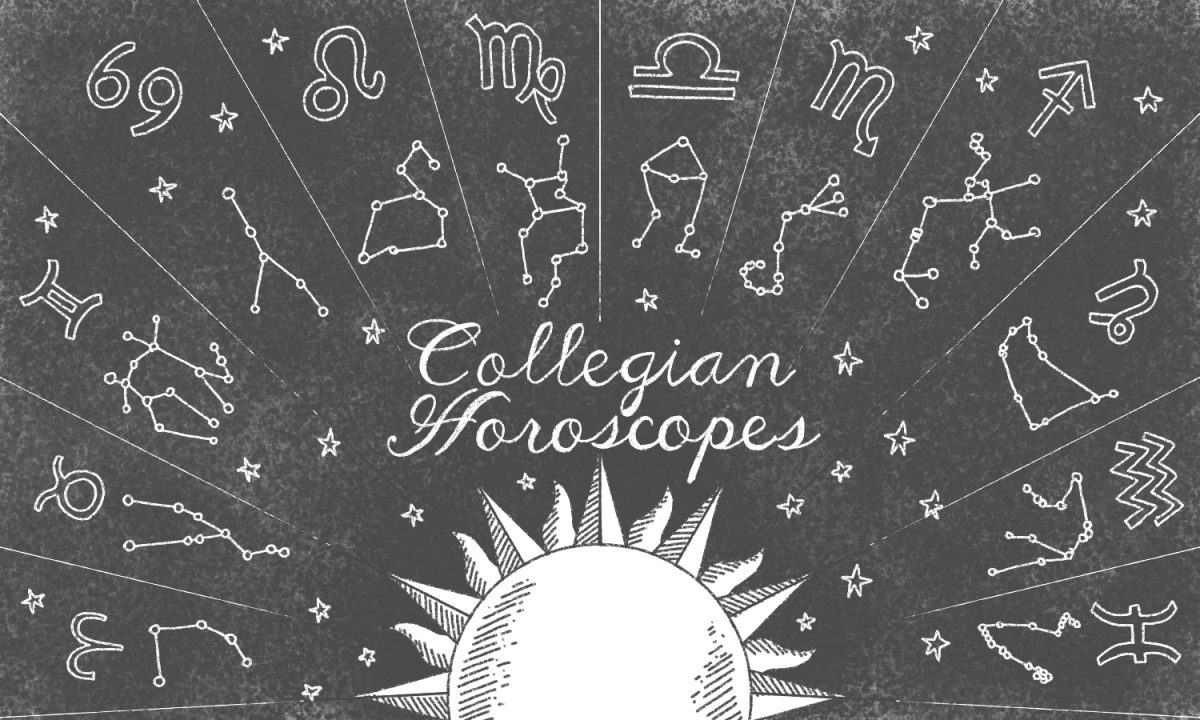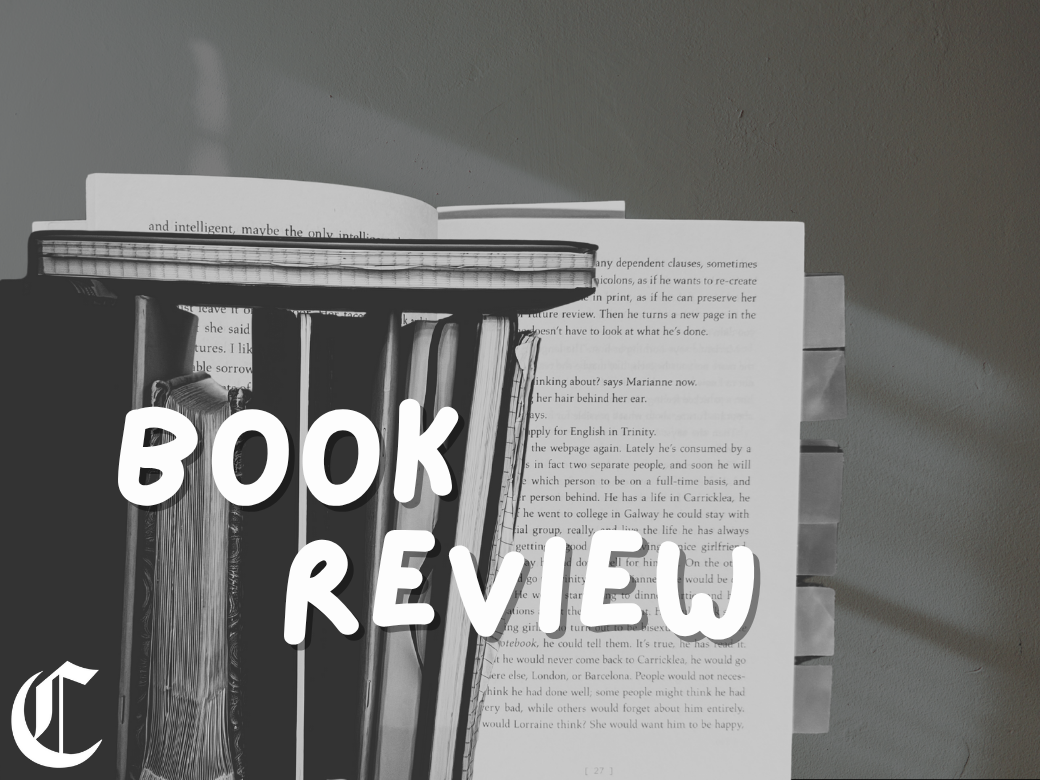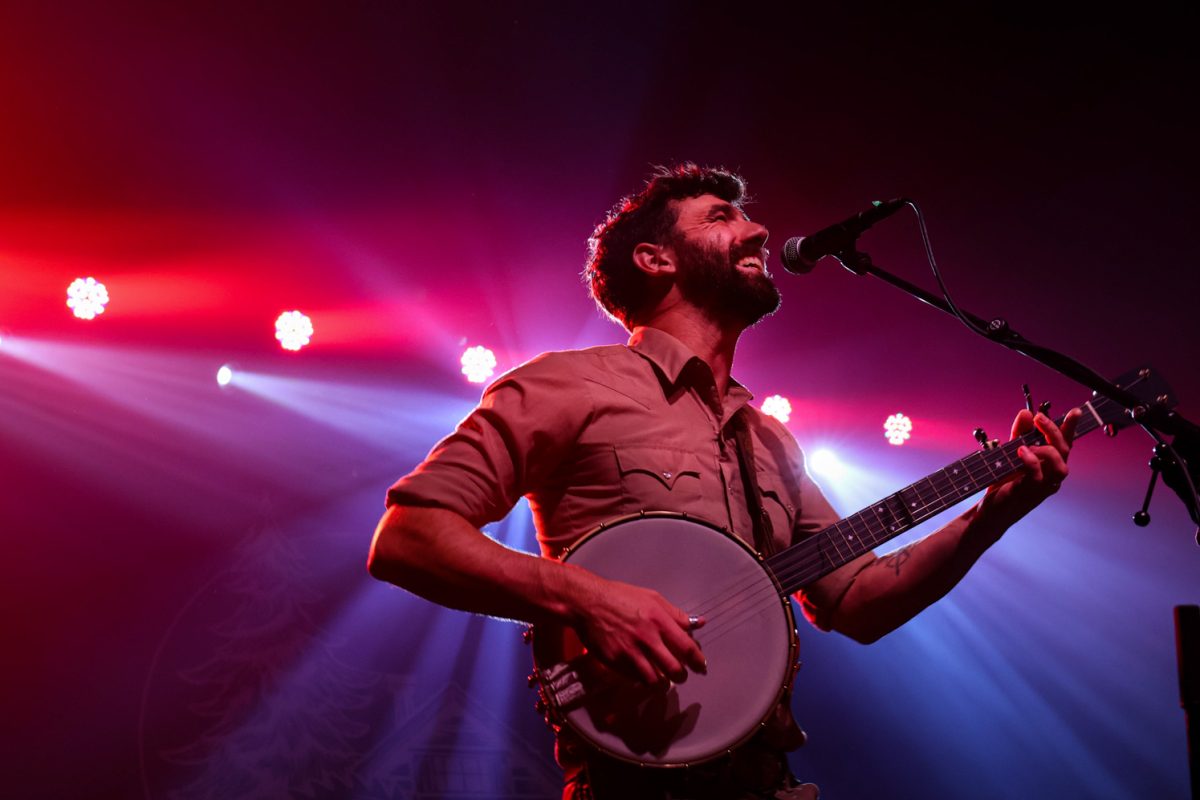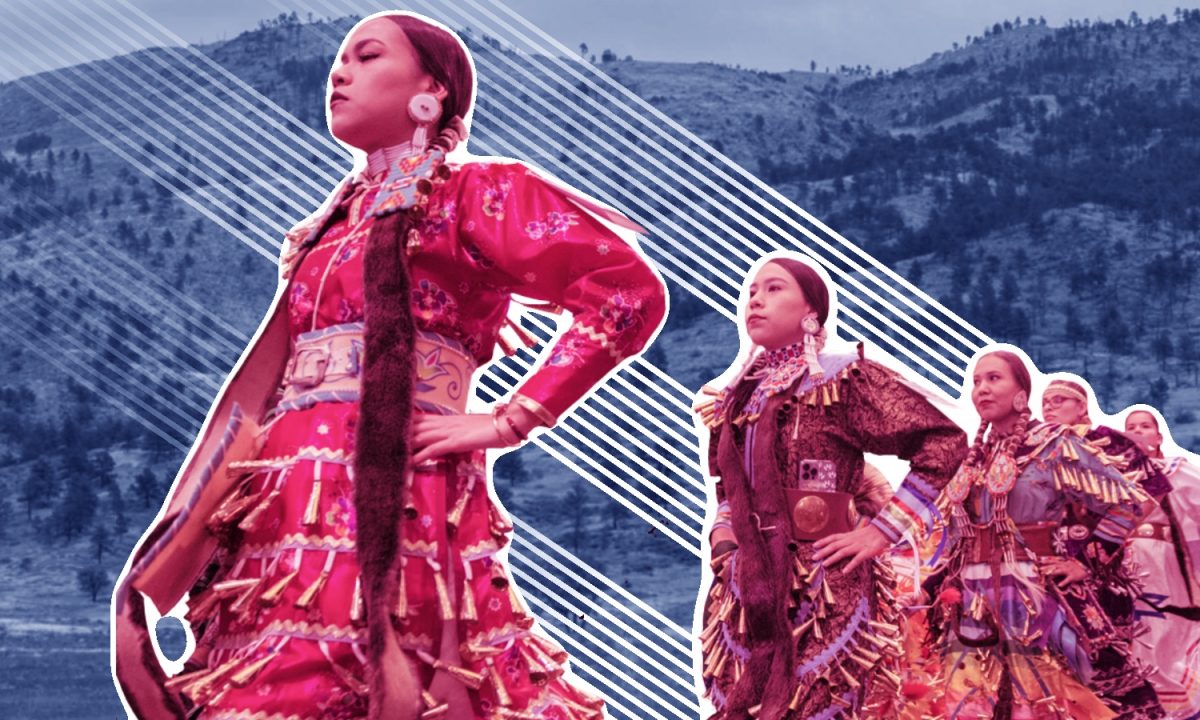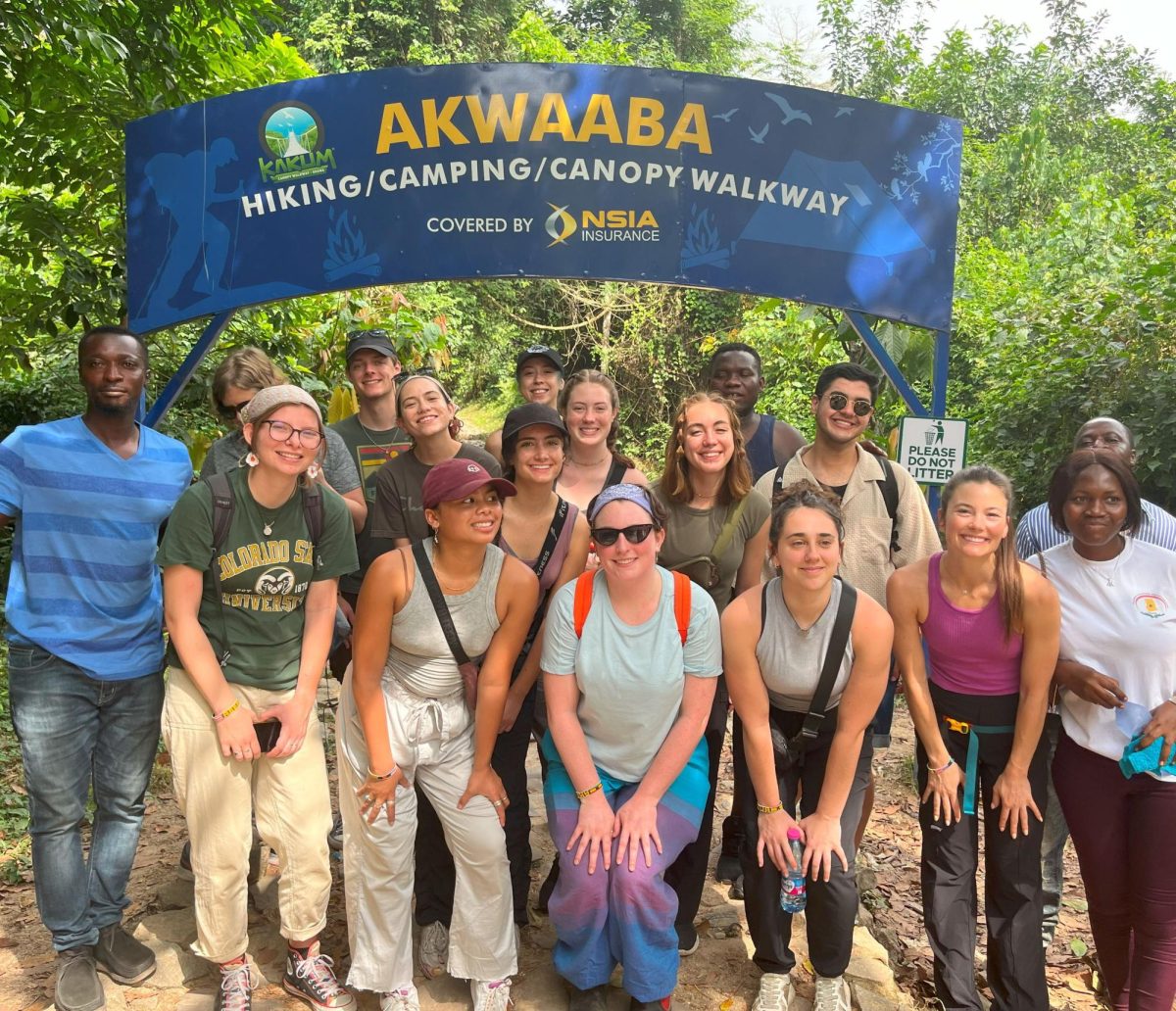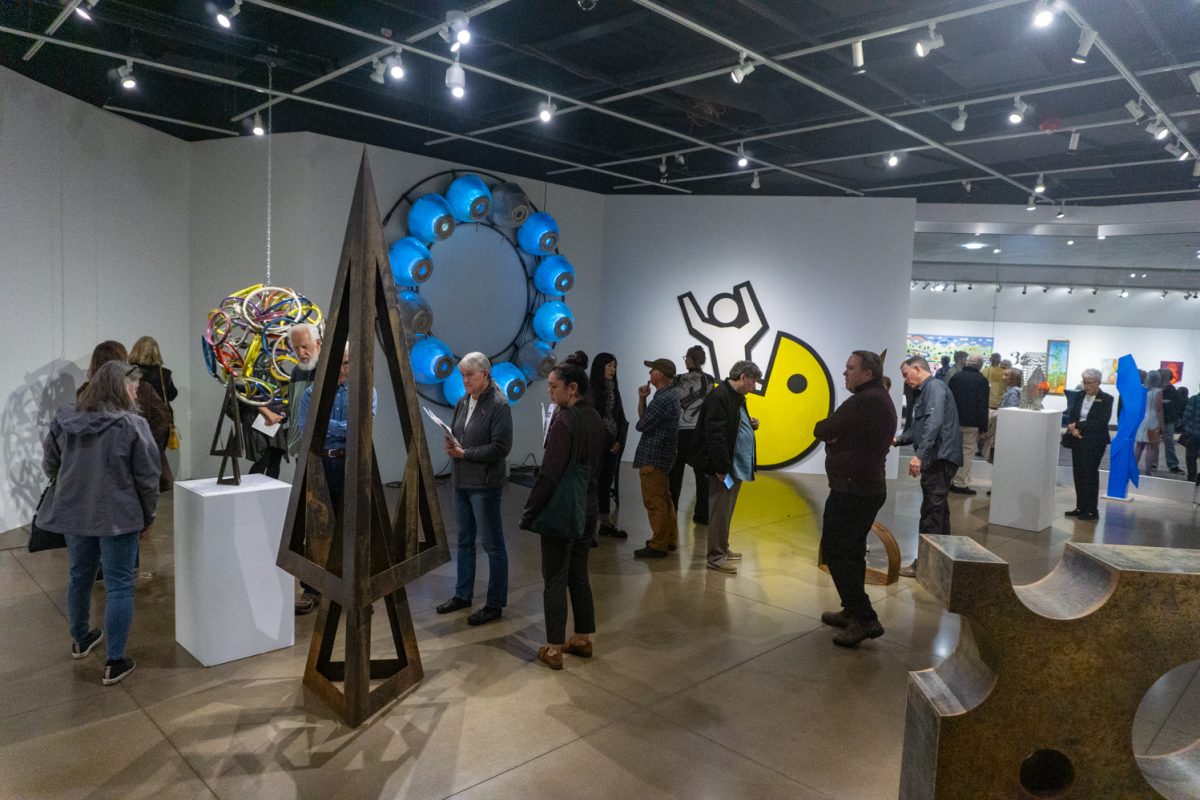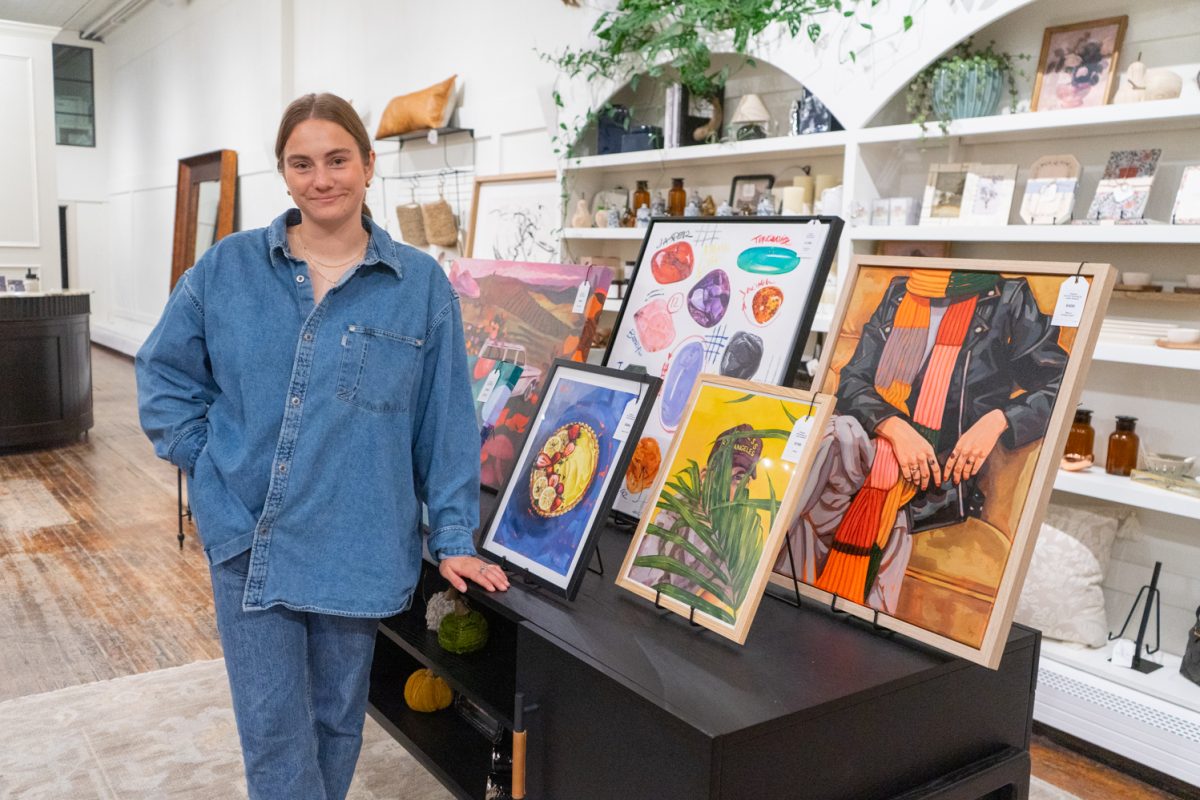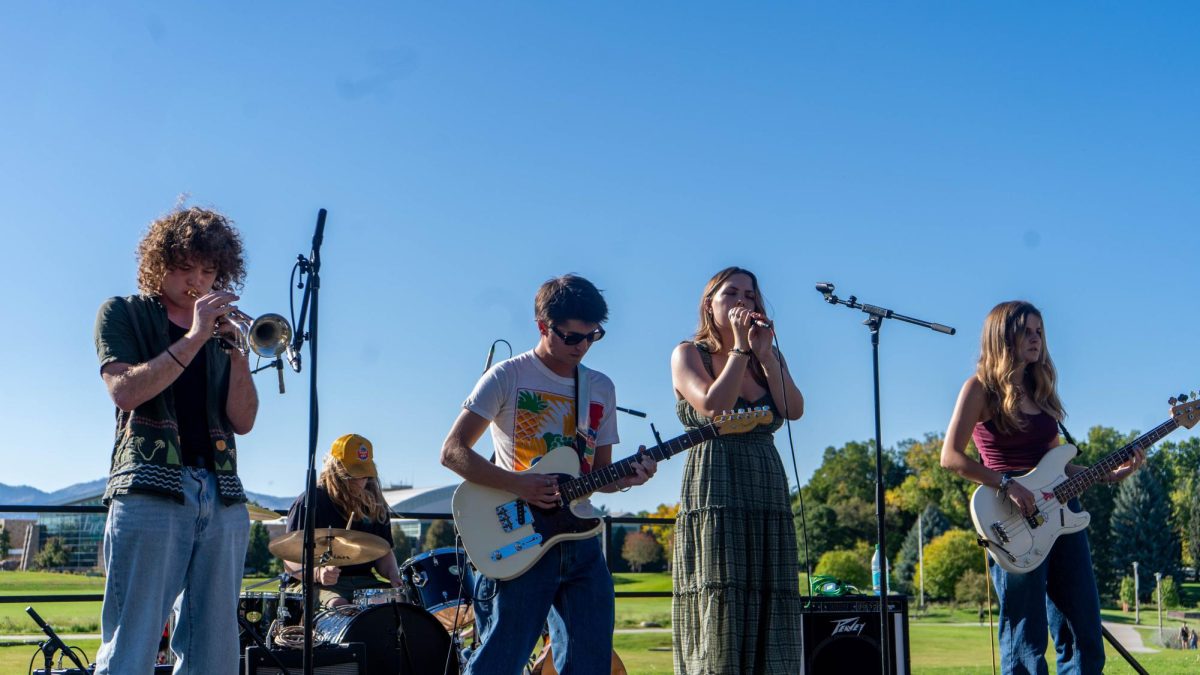
Colorado State University’s Black/African American Cultural Center is opening the dialogue about intersectionality with a series of talks called “Being Black and…”
Last week, B/AACC hosted “Being Black and Undocumented;” last night, the conversation continued with the topic of “Being Black and Disabled.”
Michael A. Marr, a CSU social work graduate and the assessment coordinator at the Lory Student Center, facilitated the conversation. He talked being Black and living with cerebral palsy, the problems of socialization and learning to accept yourself without the validation of others.
At a young age, Marr said he had a hard time facing his disability. His family did not necessarily help him accept it, and he noted that his father would often say Marr just “talks and walks a little funny.” On top of his disability, Marr said he had an acute awareness of the role his race played in his life when he was growing up.
It was not until Marr was 20-years-old that he said he “began to view the world in less dichotomous terms.” He became aware that all of his social identities impacted how he encountered the world.
In his presentation, Marr wrote, “throughout history, Black and disabled bodies have been enslaved, tortured, fetishized, mocked and picked over in an effort to regulate these bodies.”
Marr warned of the dangers of the normalization of language when it comes to disability. The first slide of his presentation quoted a line from The Black-Eyed Peas: “let’s get it started.” While this quote was an appropriate opener, the line had a more important purpose. Marr reminded the audience that the original line was actually “let’s get retarded.” He pointed out that this is an example of the deep-rooted oppression in the language society uses.
Marr also stressed the importance of self-care and asking for help when needed.
“Disability humbles you in the sense that you will need help at some point,” Marr said. “Don’t be afraid to ask for help, because it’s not easy, especially in the Black community. There are a lot of resources out there. You’ve just got to find them.”

The event was coordinated by Bethany Norwood, a neuroscience senior at CSU. As the peer coordinator of the B/AACC, her job was to pick the topics to cover in the “Being Black and…” series.
“I think when you ask a Black person what it means to be Black, it’s different for every single person,” Norwood said. “…I think it’s really important for us to see that there is no ‘and/or.’ Most of us live in this in-between, and one identity will affect how another identity is being viewed.”
Rachel Surratt, a psychology senior at CSU, said she gained a new sense of awareness about disability after attending “Being Black and Disabled.”
“I’m more aware of the voices I could do better at amplifying,” Surratt said. “I feel like disability is a spectrum like a lot of other things, but even if you’re somewhere on the spectrum of having a disability, there are always voices that you can or cannot amplify. And I left there being more aware of the voices I could be better at amplifying.”
The next installment of the “Being Black and…” series is “Being Black and Gender Non-Binary;” it will be on Thursday, March 1 from 4 p.m. to 5:30 p.m. in the LSC room 376.
Collegian reporter Jonny Rhein can be reached at entertainment@collegian.com or on Twitter @jonnyrhein.



